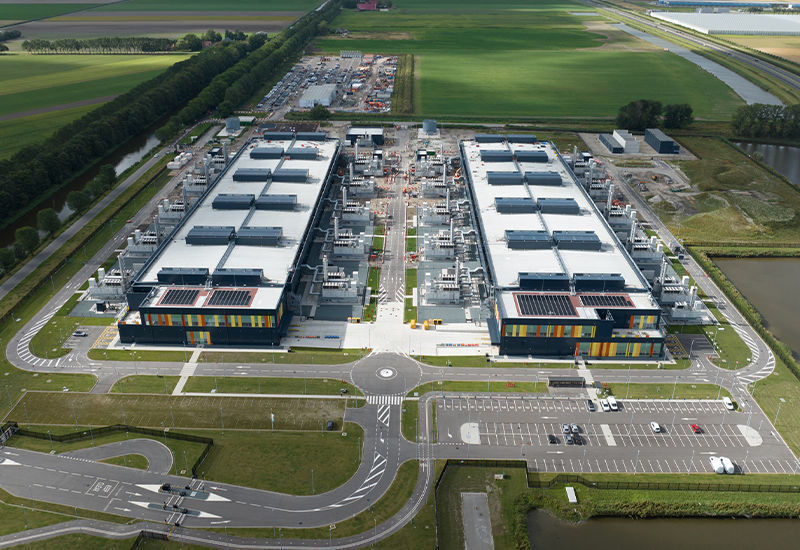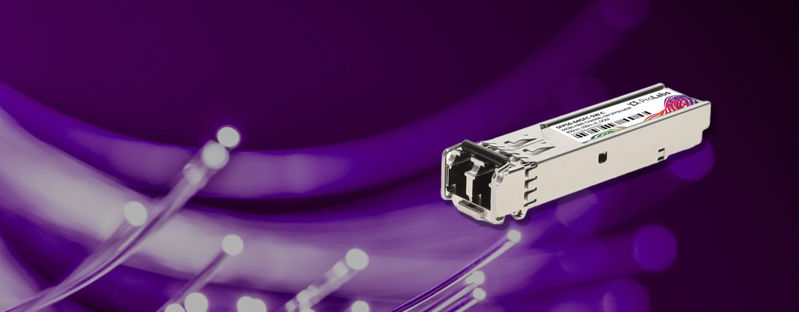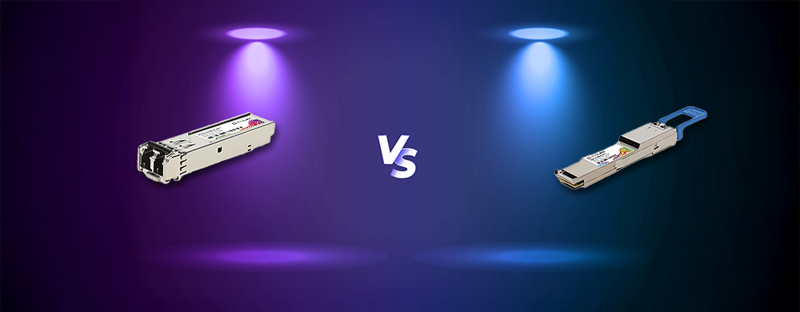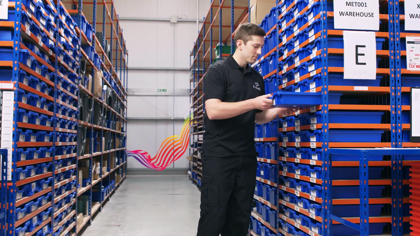New Auto-Tuning Transceivers Reduce Service Provider Costs and Time to Deploy New Services; Unveiled at SCTE Cable-Tec Expo 2019
NEW ORLEANS, Sept. 30, 2019 (GLOBE NEWSWIRE) -- Booth #1217 – ProLabs, a global leader in optical networking and connectivity solutions, today announced self-tuning Clarity Auto-Tunable DWDM Transceivers, which are designed to save service providers cost and time to deploy new services. Clarity will be unveiled this week at Cable-Tec Expo®, in ProLabs’ booth (#1217) on the exhibition floor of the Ernest N. Morial Convention Center in New Orleans.
The cable market is challenged by demand for increasing subscriber bandwidth while at the same time maintaining or reducing CapEx and OpEx. This challenge is driving multiple system operators (MSOs) to deploy new technologies and network architectures. One such example involves using Remote-PHY (R-PHY) technology to deliver digital Dense Wavelength Division Multiplexing (DWDM) signals over the fiber part of the network rather than traditional analog or hybrid-fiber coax architectures. Using DWDM transceivers allows more efficient use of fiber resources, which in turn enables MSO subscribers to enjoy higher bandwidth and more advanced services. Enabling DWDM transceivers to self-tune, further reduces costs – and the traditional need for tuning equipment is eliminated.
ProLabs provides a complete set of end-to-end solutions – from tuning transceivers to fit within DWDM networks to monitoring DWDM networks to troubleshoot issues. These solutions are designed to save service providers time and money. As the newest member of ProLabs’ solution portfolio, Clarity is a plug-and-play solution that is appropriate for any OEM switch platform that supports SFP+ transceivers. Service providers can plug Clarity into the host and passive mux – and the transceiver automatically locates the open channel, tunes and locks onto the transceiver at the other end.
Specific features and benefits of Clarity Auto-Tunable DWDM Transceivers include:
- Auto-discovers and self-tunes to individual DWDM wavelengths without manipulation by OEM platform or peripheral devices;
- System independent – works with switch platforms that do not natively support tunable transceivers;
- Reduces the complexity of tuning to specific wavelengths in the field;
- Reduces inventory for spare DWDM transceivers;
- Provides up to 80KM reach and full industrial temperature performance;
- Available in 50Ghz or 100Ghz channel spacing.
“While the idea of tuning products is certainly not new, the industry is accustomed to using products that require software or a separate device to perform this functionality,” said Raymond Hagen, global product line manager, ProLabs. “With Clarity, we have eliminated the need for technicians to track fibers or carry extra equipment to program the wavelength of each module during their deployment, which leads to faster deployment and reduced costs. It’s a win-win.”
In addition to the unveiling of Clarity Auto-Tunable DWDM Transceivers at Cable-Tec Expo, ProLabs will also have its full line of optical transceivers on display at its booth. ProLabs technical experts will be demonstrating three products: Clarity, ProTune™ and EON-OMP-2.
Demo details are as follows:
- Clarity Auto-Tunable DWDM Transceivers: Visitors will witness the plug-and-play deployment of Clarity. The demo will show how the transceiver automatically locates the open channel on the mux and tunes and locks on to the transceiver at the other receiving end.
- ProTune: ProLabs’ Offline Tuning Application offers service providers the ability to tune any tunable DWDM transceiver in the field without an internet connection – which is critical for field installations of tunable transceivers in which speed of deployment is necessary. The demo will show visitors how ProTune can immediately respond to network outages, reconfiguration and new customer turn-ups.
- EON-OMP-2: ProLabs’ EON-OMP-2 Multi-Service Platform extends existing networks and reduces the time needed to troubleshoot network issues. The demo will show visitors how the Optical Channel Monitoring feature of the EON-OMP-2 can effectively monitor DWDM wavelengths.
Added Hagen, “As networks aim to meet growing 5G connectivity demands, MSOs need the ability to both increase capacity and monitor network performance to deliver high-quality connectivity. Our ProTune and EON-OMP-2 products can do just that – and are complementary in their functionality. Our demos will show how these products can extend the purchase of the DWDM transceiver – from the turn-up of the connection to the management and monitoring of the network. We look forward to demonstrating the power of these solutions at SCTE Cable-Tec Expo.”
For more information on ProLabs’ range of optical connectivity solutions, please visit www.prolabs.com.
About ProLabs
ProLabs is the largest global provider of optical networking infrastructure solutions. For the past 20 years, ProLabs has delivered optical connectivity solutions that give its customers freedom, choice, and seamless interoperability.
By delivering higher standards for products, service, technology, and cost, the company is changing the mindset of data center and networking customers. ProLabs’ strength is in supplying solutions that are 100% OEM-compatible across more than 90 vendors and 20,000 systems.
ProLabs delivers global reach with innovative, cutting-edge solutions that are backed by a lifetime warranty, assuring the quality of every product sold and serviced. ProLabs’ focus is to continually invest in research and development, ensuring that its optical network solutions continue to lead the market on a global scale.
For more information, please visit www.prolabs.com.
Media Contact:
Stephanie Olsen
Lages & Associates
(949) 453-8080
stephanie@lages.com















